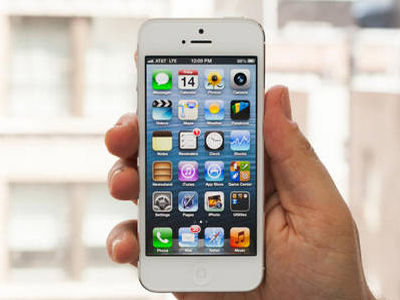Android devices have replaced RIM's BlackBerry as the second most popular device for Bring Your Own Device to work (BYOD), while Apple's iPhone maintains its position as the first choice for workplace smartphones.
The latest quarterly Mobile Workforce report from mobile connectivity provider iPass shows a considerable drop in the number of smartphones given to employees for work. Instead, there has been a rise in the amount of employees bringing their own mobile devices to work.
The percentage of employers providing smartphones to staff members has declined from 58 to 33 percent, while BYOD has increased to 46 percent, a four percent increase from the 42 percent share it had last year.
"The idea of a universal computing device that supplants other devices has been on the radar for decades," said Evan Kaplan, chief executive officer at iPass. "What's interesting is that while the smartphone is ranked only behind the wallet and keys in importance, it's not displacing mobile workers' reliance on tablets or laptops. In fact, our data indicates that smartphone users also use more data on other devices, revealing an interesting phenomenon ― essentially, the more you use the more you use."
The iPhone has strengthened its dominance in the BYOD trend, with Apple's smartphone now accounting for more than half -- 53 percent -- of the handsets in the survey, an increase from its 45 percent share in 2011.
Android has taken second place with 34 percent of employees surveyed owning a device powered by Google's mobile platform. This is up from 21 percent in 2011. BlackBerry, meanwhile, isn't just proving to be a turn off for major organizations with 26 percent of workers now bring a BB device into the office. This is a decrease from 32 percent last year. Windows Phone remains in last place out of the major operating systems, with Microsoft's operating system for mobiles attributing to five percent of workers utilizing it.
Contact Us for News Tips, Corrections and Feedback
Get Tom's Hardware's best news and in-depth reviews, straight to your inbox.

Zak Islam is a freelance writer focusing on security, networking, and general computing. His work also appears at Digital Trends and Tom's Guide.
-
-Jackson ReplyIs this a paid for article by Apple?
Judging by your name, it wouldn't matter even if it was. -
Murissokah Proving that no matter how good the IT team is, the guys in suits get to choose their phones.Reply -
nameon |random thought| i wonder how a tag-team match with gruener and islam on one side and ...anyone on the other would go....Reply -
n0manarmy MurissokahProving that no matter how good the IT team is, the guys in suits get to choose their phones.Reply
And they will still have a thousand questions about them :( -
cats_Paw mrmaiaI knew it was a Zak Islam advertising even before I opened it.Reply
With you on that bro.
-
ericburnby MurissokahProving that no matter how good the IT team is, the guys in suits get to choose their phones.Any "good" IT department that actually spends time analyzing iOS and Android would pick iOS. Like Halliburton, for example.Reply
